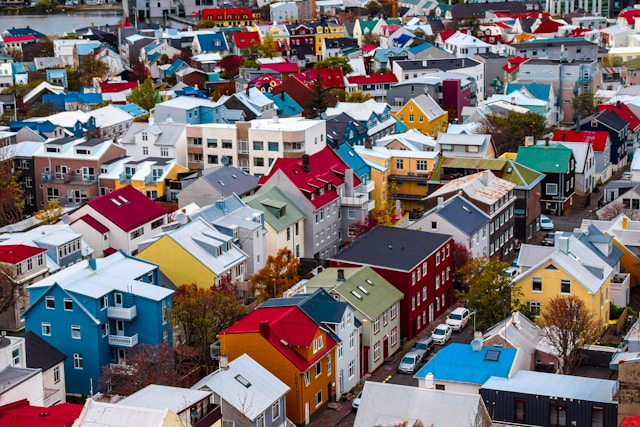
Iceland
Iceland, a Scandinavian island nation, features a spectacular landscape with volcanoes, geysers, hot springs and lava fields. The massive glaciers are protected in the Vatnajökull and Snæfellsjökull national parks. Most of the population lives in the capital Reykjavik, which is powered by geothermal energy and is home to the National Museum and the Saga Museum, which traces the history of the Icelandic Vikings.
Read More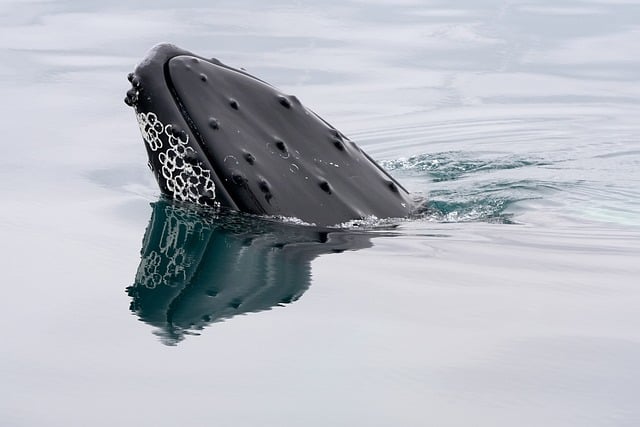
Fauna
Icelandic wildlife is the wild plant and animal life found on the island of Iceland, located in the North Atlantic Ocean, south of the Arctic Circle. Flora, fauna and fungi are limited by the geography and climate of the island. Habitats on the island include high mountains, lava fields, tundra, rivers, lakes, and a coastal plain of varying widths. There is a long coastline, heavily dissected by fjords, especially in the west, north and east, with many offshore islets.
Read More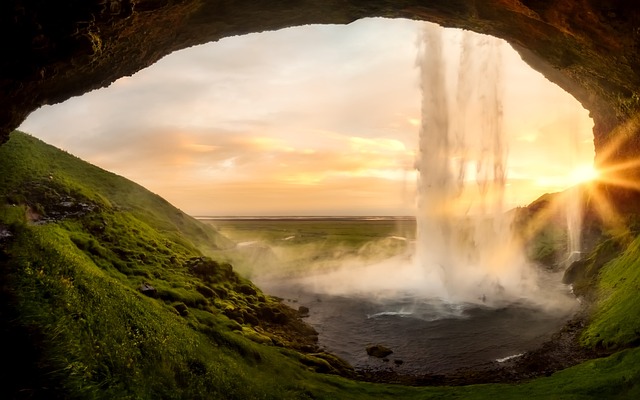
Climate
The climate is subarctic. In general, the southern part of the island is warmer, wetter and windier than the north. The coldest part of the country is the Central Highlands. The low-lying interior further north is the driest part, but these areas of the country receive the heaviest snowfalls in winter. Thanks to the North Atlantic Current, the climate becomes warmer than other places at similar latitudes, and the coast usually remains ice-free.
Read More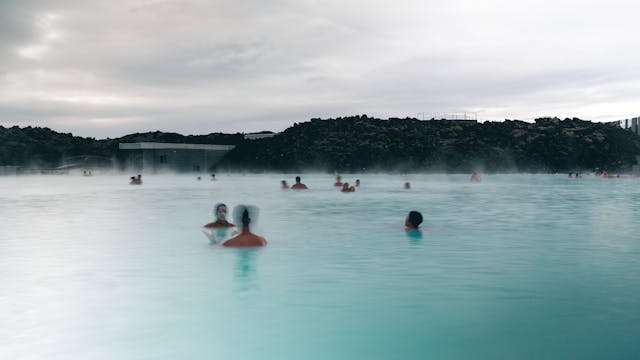
Blue Lagoon
The Blue Lagoon is a geothermal spa in southwestern Iceland. The spa is located in a lava field 5 km from Grindavík and in front of Mount Þorbjörn on the Reykjanes Peninsula, in a location favourable for geothermal power, and is supplied by water used in the nearby Svartsengi geothermal power station.
Read More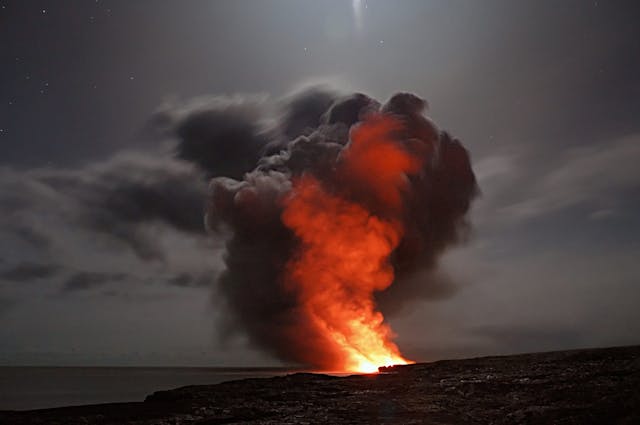
Fagradalsfjall Volcano
Fagradalsfjall is an active tuya volcano formed in the Last Glacial Period on the Reykjanes Peninsula, around 40 kilometres from Reykjavík, Iceland.
Read More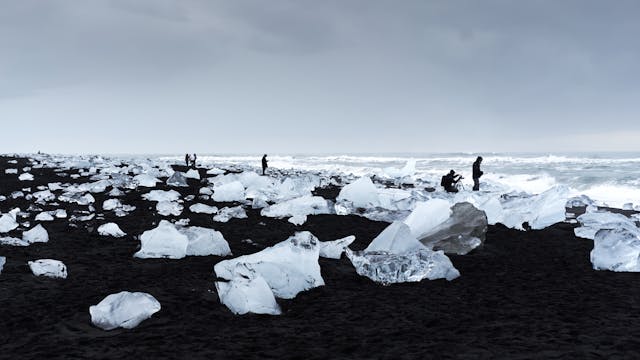
Diamond Beach
The Diamond Beach, also known as Breiðamerkursandur, is a beach located on the south coast of Iceland, near Jökulsárlón glacier lagoon. The beach is famous for its black sand and icebergs that wash up on the shore, resembling sparkling diamonds.
Read More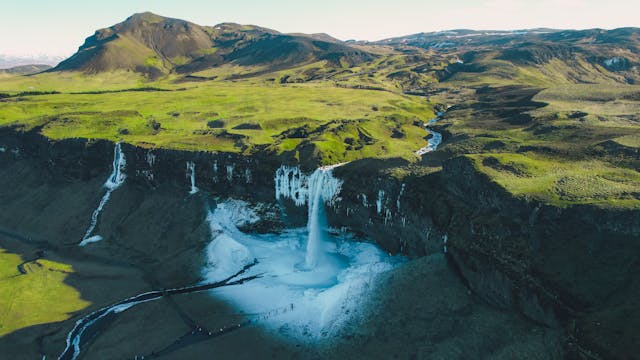
Waterfall
Iceland is well suited for waterfalls (Icelandic: s. foss, pl. fossar). This Nordic island country lies along the Mid-Atlantic Ridge which separates North America and Europe near where the North Atlantic and Arctic Oceans meet. Frequent rain and snow impact its near-Arctic location. Large glaciers exist throughout the country whose summer melts feed many rivers. As a result, it is home to a number of large and powerful waterfalls. It is estimated that there are more than 10.000 waterfalls in Iceland
Read More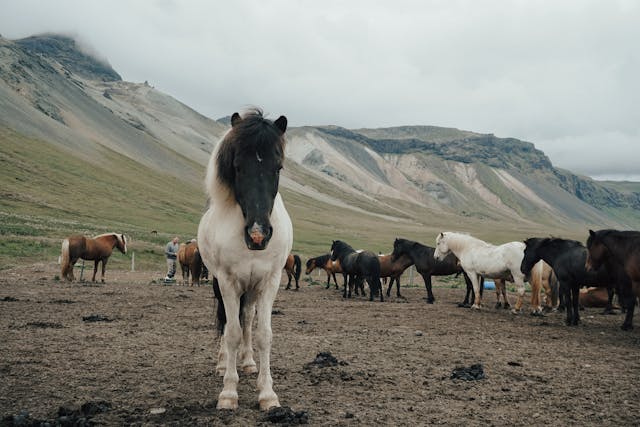
Icelandic Horse
The Icelandic horse, or Icelandic, is a breed of horse developed in Iceland. Although the horses are smaller compared to other breeds, most registries for the Icelandic refer to it as a horse. The breed is long-lived and hardy, owing to the ruggedness of its home country.
Read More